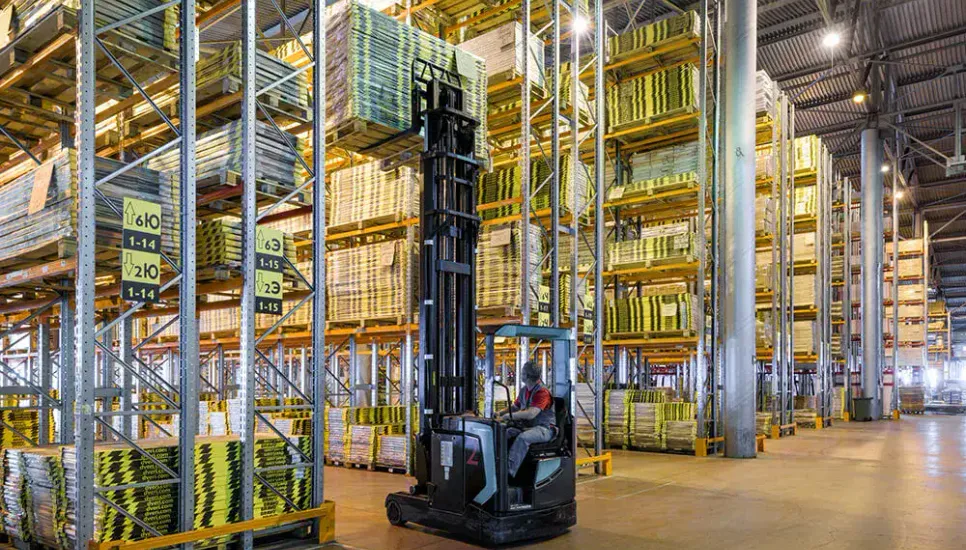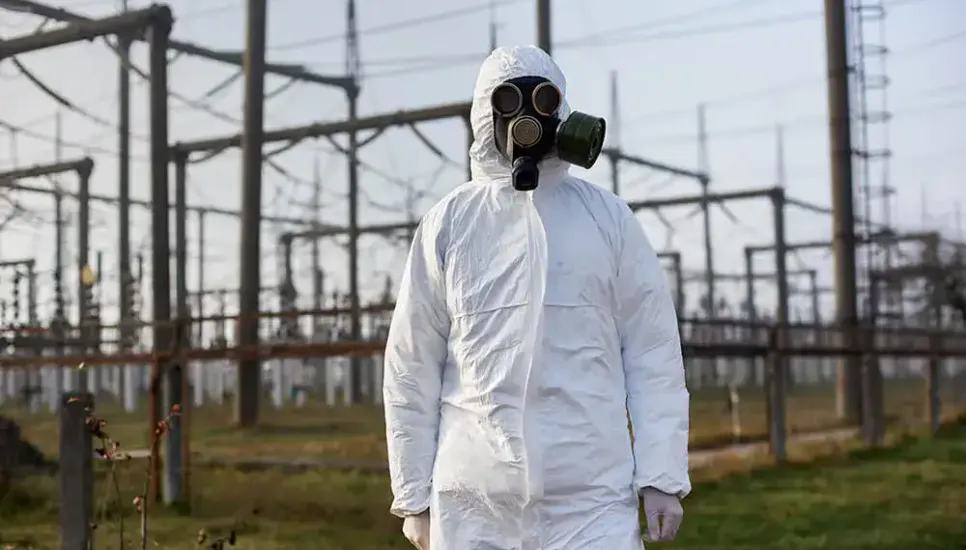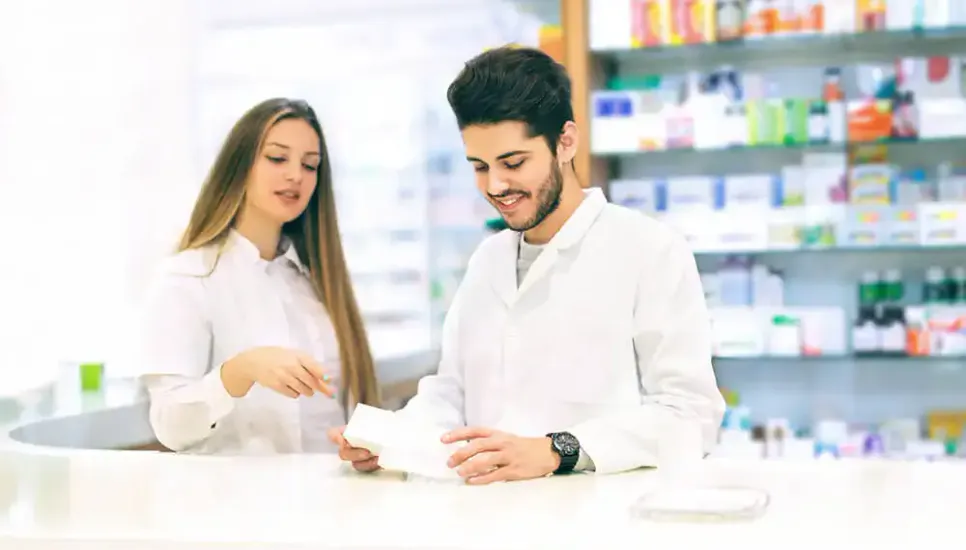Introduction
Zookeeping can be a dangerous profession, but the vast majority of accidents in this line of work are preventable if all employees are properly trained. Although interacting with wild animals is sometimes unpredictable, zoos around the world have implemented rigorous safety measures to protect both zookeepers and the animals in their care.Potential Hazards
The most common risks faced by zookeepers include:
Working with Dangerous Animals.
Zoo workers must come in contact with deadly animals on a daily basis. Bears, big cats, elephants, killer whales, orcas, venomous snakes, and an abundance of other species all depend on zookeepers for their survival, but are ultimately wild and unpredictable in nature. Animals that have broken loose from their habitats are particularly dangerous and have, in some cases, attacked and killed employees. Most of these accidents occur due to human error, which means that they are best prevented through scrupulous training and many hours of supervision.Zoonotic Diseases.
Bird flu, encephalitis, Ebola, giardiasis, Lyme disease, malaria, rabies, and the West Nile Virus are just a few examples of zoonotic diseases that may affect zookeepers. These diseases can be caused by parasites, viruses, and/or bacteria that are generally carried by animals, but that may spread to humans if they are not detected early. At present, most zoonoses can be cured, but certain conditions – such as Lyme disease – may lead to serious complications and can take even years to fully heal.Exposure to Chemicals.
Routine sanitizing operations can expose zookeepers to dangerous chemicals such as ammonium compounds, chlorine bleach, and other poisonous or caustic disinfectants. Pesticides may also be used in certain circumstances in order to maintain the habitat of animals, whereas tranquilizers used in emergency situations contain sedatives that can prove to be fatal when accidentally administered to humans.Exposure to Extreme Weather Conditions.
Especially when caring for large habitats, zookeepers may be required to carry out routine tasks such as cleaning and feeding in spite of extreme weather conditions like heat waves and thunderstorms. This can distract workers and may increase the risk of human error that ultimately leads to more tragic accidents.
Incident Prevention
Zookeepers undergo a long training process before they are allowed to interact with dangerous animals on their own. During this time, completing a number of safety courses designed to help workers assess and mitigate risks can further decrease the likelihood of accidents and serious injuries.
In addition to rigorous training, the correct use and maintenance of personal protective equipment is a must. When handling deadly animals, zookeepers must be able to use boots, gloves, special upper and lower body gear, masks, as well as catch poles, nets, tranquilizer guns, and radios in order to stay safe.
Zoos that handle dangerous wild animals usually have many safety protocols in place to prevent tragic accidents. A series of locks and checks, special communication procedures, and interaction strategies are designed to maintain the wellbeing of both zookeepers and animals. It is only when these protocols are broken that workers tend to get injured, as well as endanger the animals in the process.
Recommended Safety Courses
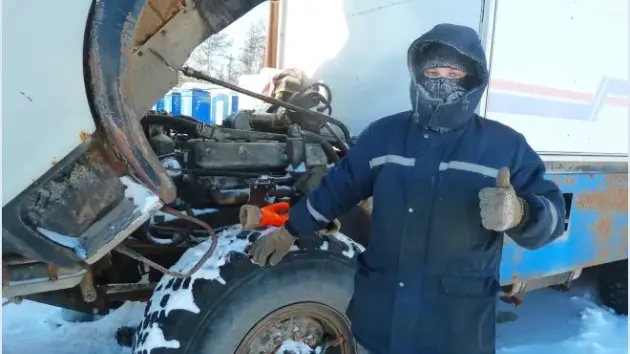
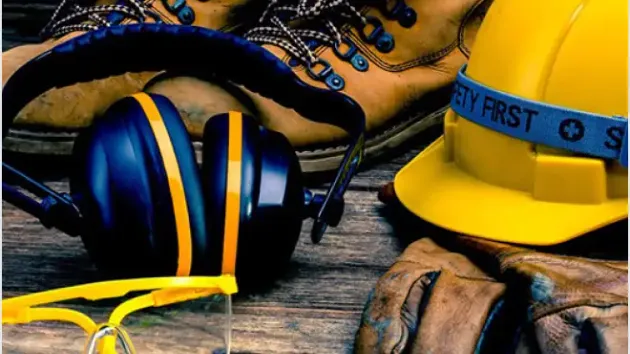
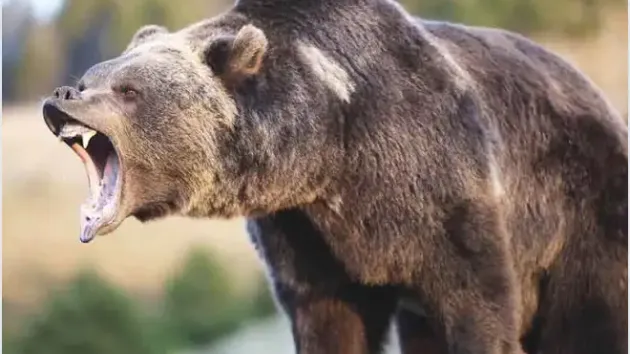
What You Can Do to Stay Safe
As a zookeeper, the most effective way to maintain your safety is to undergo rigorous training and prepare for the dangers that are most commonly associated with your line of work. If you work in a zoo that handles dangerous animals, you will likely become familiar with most safety protocols as part of your initial training, before you are allowed to interact with animals on your own.
However, there are a number of programs, such as the safety courses described above, that you can acquire and complete before you are hired in a zoo. This will not only better prepare you for your new job, but might also increase the chances that you will be hired.

